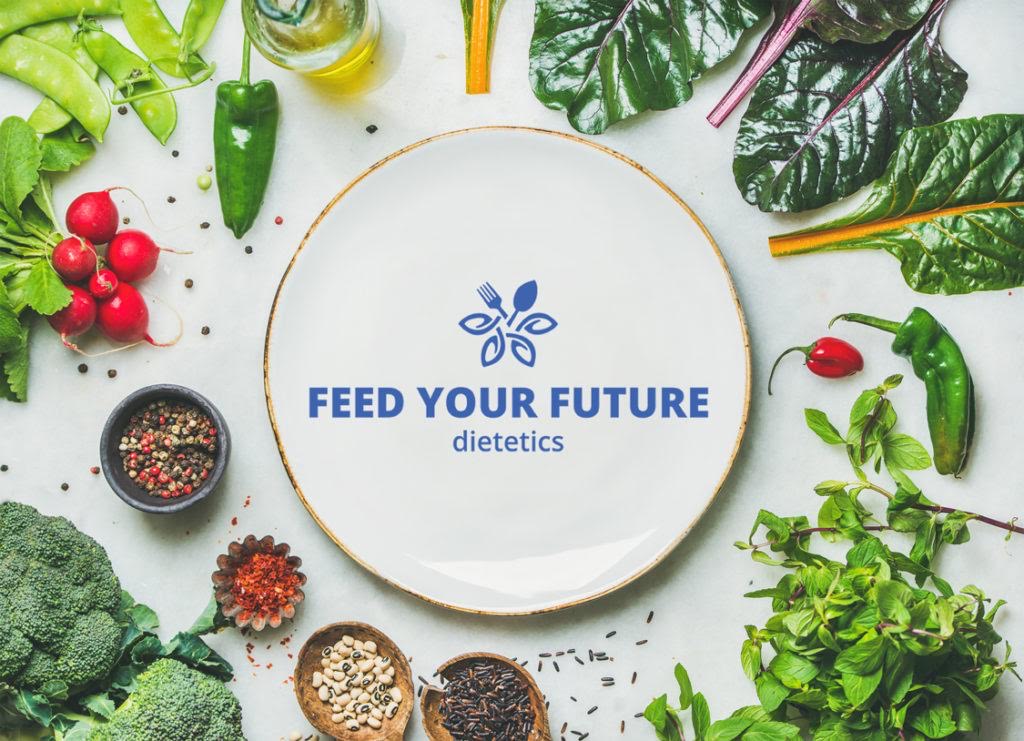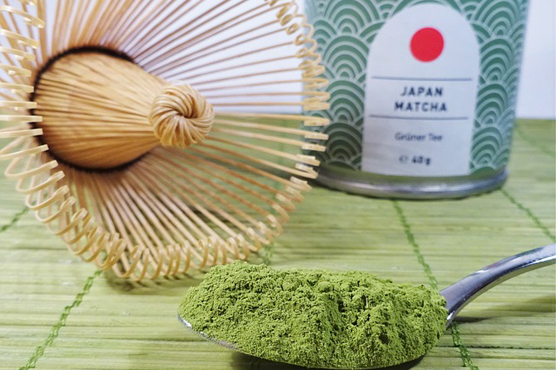Tea comes second to water as the most common drink in the world! Green tea has been drunk in Asian culture for centuries, it is not until recently that the benefits of green tea have investigated and understood. Green tea not only provides a tasty alternative to water to meet the fluid need of our body for health in daily life, it also has many potential benefits to health.
Firstly, what is green tea and how is it made? Green tea comes from the leaves of the plant Camellia sinensis, this plant also gives is used to make black and oolong tea but the green tea differs from these two teas because the leaves are not fermented. The unique green tea flavour is from threonine which makes up about 4-6% of the tea.
Green tea contains antioxidant and anti-cancerous properties which include the compounds polyphenols like flavanols (also known as catechins), flavandiols, flavonoids, phenolic acid, which reduce the oxidative stress on your cells. Catechins are available in higher amounts in green tea compared to black and oolong tea. Green tea also contains flavonoids, which can lower the ‘bad’ or LDL-cholesterol and increase the ‘good’ or HDL-cholesterol.
A cup of green tea roughly contains 250–350 mg tea solids, of which 30–42% are catechins and 3–6% caffeine. Good news that there many other potential benefits of sipping green tea. These benefits still require more research but there is evidence that drinking green tea may:
1. Decreased risk of bladder cancer.
2. Decreased risk of stroke.
3. Decreased risk of heart disease.
4. Decreased risk of type two diabetes.
5. Increase bone density and reduce the risk of osteoporosis.
6. Improved cognition or memory in adults.
Take home message: Green tea is a healthy option to help quench your thirst in your day.
References
1. Natural Health Products Directorate, Health Canada. Monograph - tea. 2007 [cited 2007 20 July].
2. Seeram NP, Henning SM, Niu Y, Lee R, Scheuller HS, Heber D. Catechin and caffeine content of green tea dietary supplements and correlation with antioxidant capacity. J Agric Food Chem. 2006 [cited 2007 20 July];54:1599-1603. Abstract available from: https://www.ncbi.nlm.nih.gov/pubmed/16506807
3. Henning SM, Niu Y, Lee NH, Thames GD, Minutti RR, Wang H, et al. Bioavailability and antioxidant activity of tea flavonols after consumption of green tea, black tea, or a green tea extract supplement. Am J Clin Nutr. 2004 [cited 2007 20 July];80:1558-1564. Available from: http://www.ajcn.org/cgi/reprint/80/6/1558
4. Yang DJ, Hwang LS, Lin JT. Effects of different steeping methods and storage on caffeine, catechins and gallic acid in bag tea infusions. J Chromatogr A. 2007 [cited 2007 20 July];1156:312-320. Abstract available from: https://www.ncbi.nlm.nih.gov/pubmed/17161409
5. Khokhar S, Magnusdottir SGM. Total phenol, catechin, and caffeine contents of teas commonly consumed in the United Kingdom. J Agric Food Chem. 2002 [cited 2007 20 July];50:565-570. Abstract available from: https://www.ncbi.nlm.nih.gov/pubmed/11804530
6. Henning SM, Fajardo-Lira C, Lee HW, Youssefian AA, Go VLW, Heber D. Catechin content of 18 teas and a green tea extract supplement correlates with the antioxidant capacity. Nutr Cancer. 2003 [cited 2007 20 July];45:226-235. Abstract available from: https://www.ncbi.nlm.nih.gov/pubmed/12881018
7. Cancer chemoprevention: future holds in multiple agents.Mukhtar H, Ahmad NToxicol Appl Pharmacol. 1999 Aug 1; 158(3):207-10.
8. Green tea extracts for the prevention of metachronous colorectal adenomas: a pilot study. Shimizu M, Fukutomi Y, Ninomiya M, Nagura K, Kato T, Araki H, Suganuma M, Fujiki H, Moriwaki H Cancer Epidemiol Biomarkers Prev. 2008 Nov; 17(11):3020-5.
9. Yang CS, Wang X. Green tea and cancer prevention. Nutr Cancer. 2010;62(7):931–937
Chen Z-m, Lin Z. Tea and human health: biomedical functions of tea active components and current issues. Journal of Zhejiang University SCIENCE B. 2015;16(2):87-102.
10. Khan N, Mukhtar H. Tea and health: studies in humans. Current pharmaceutical design US U7 - Journal Article. 2013;19(34):6141.








